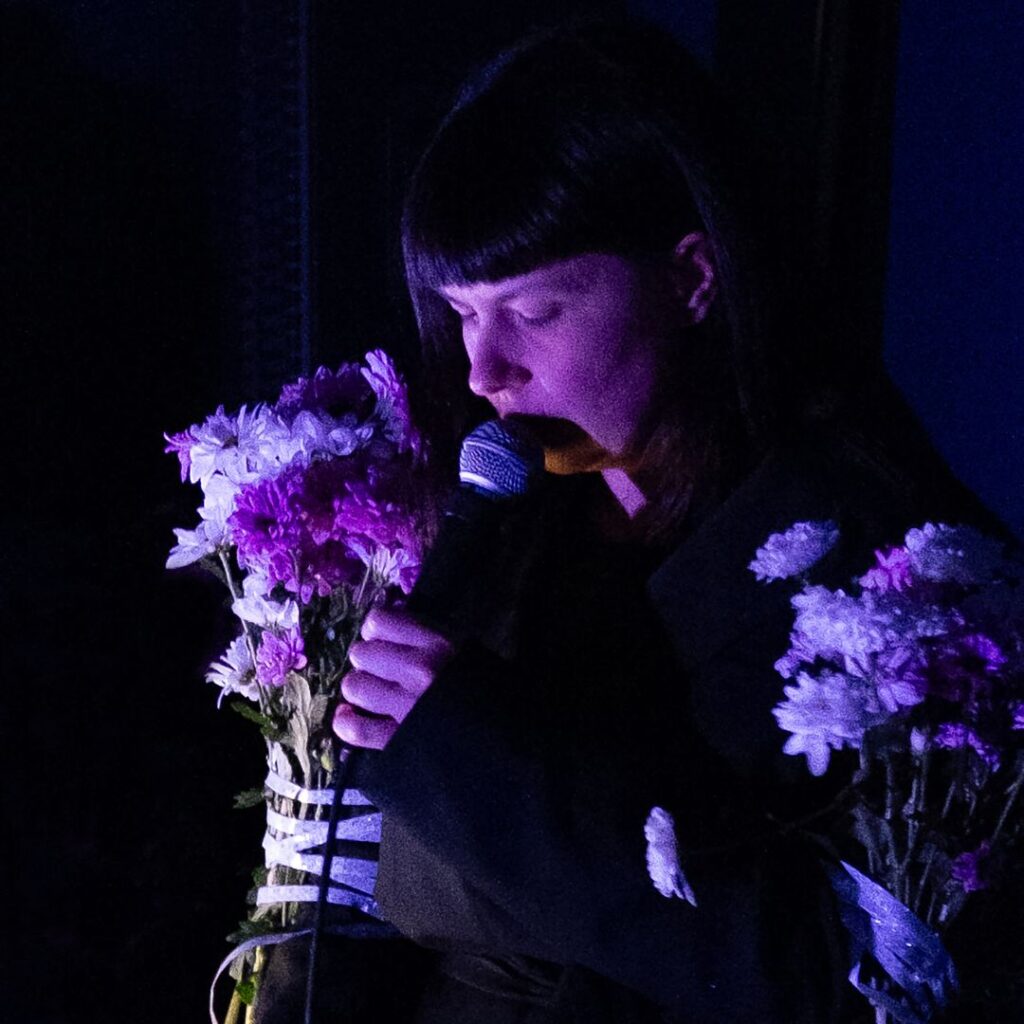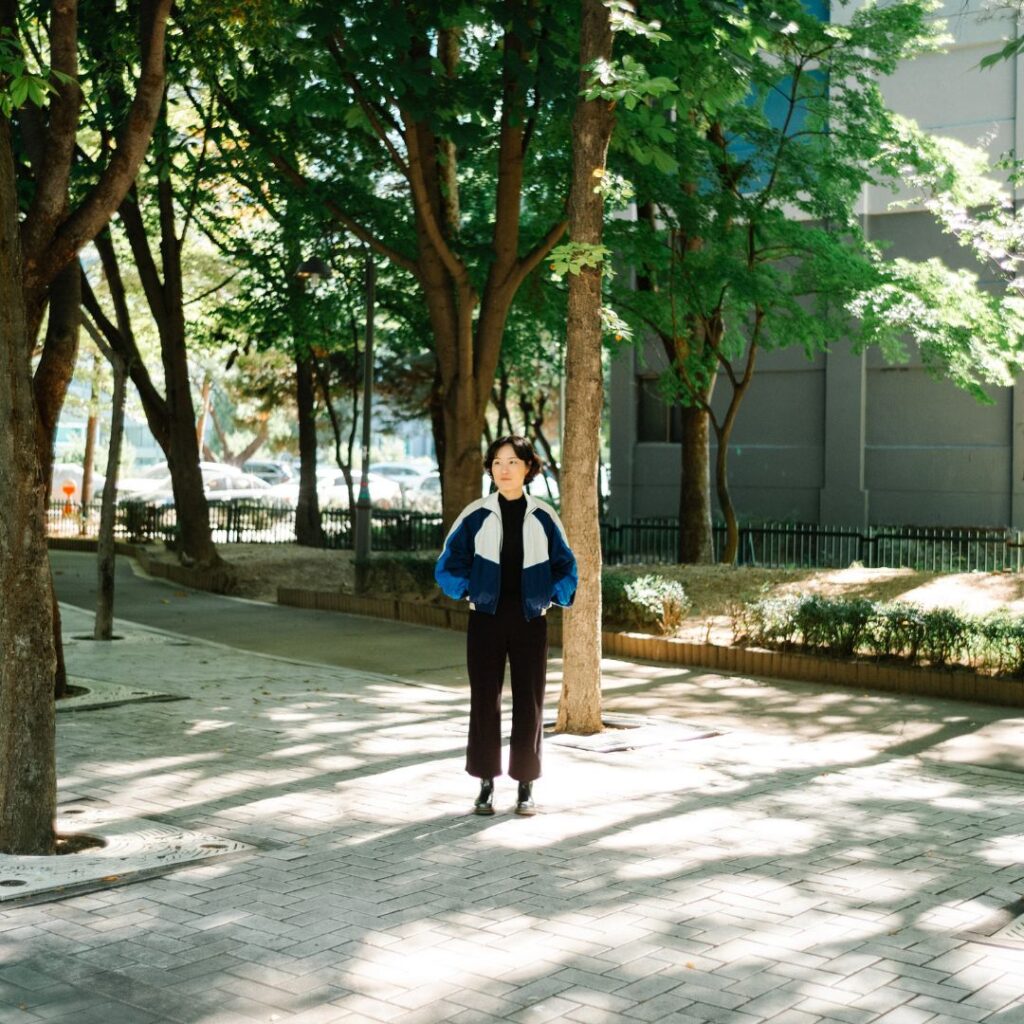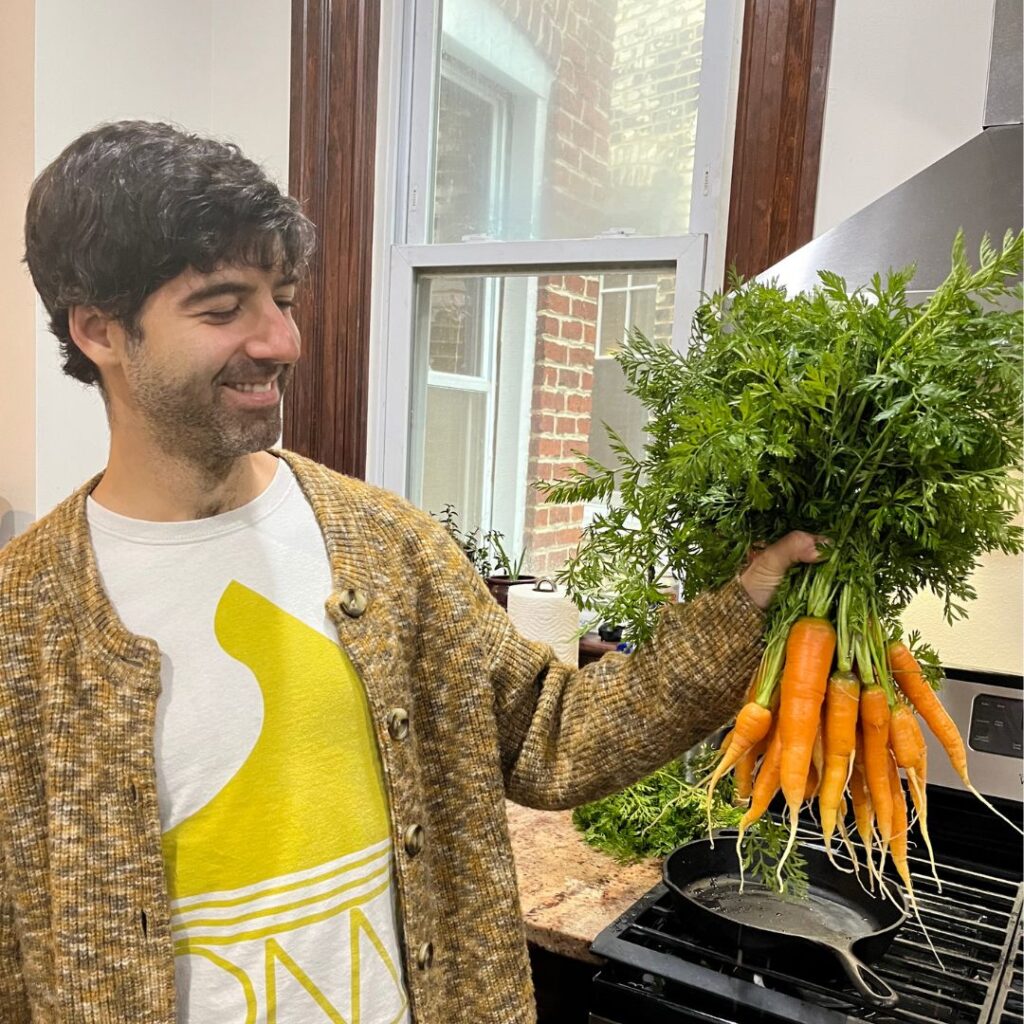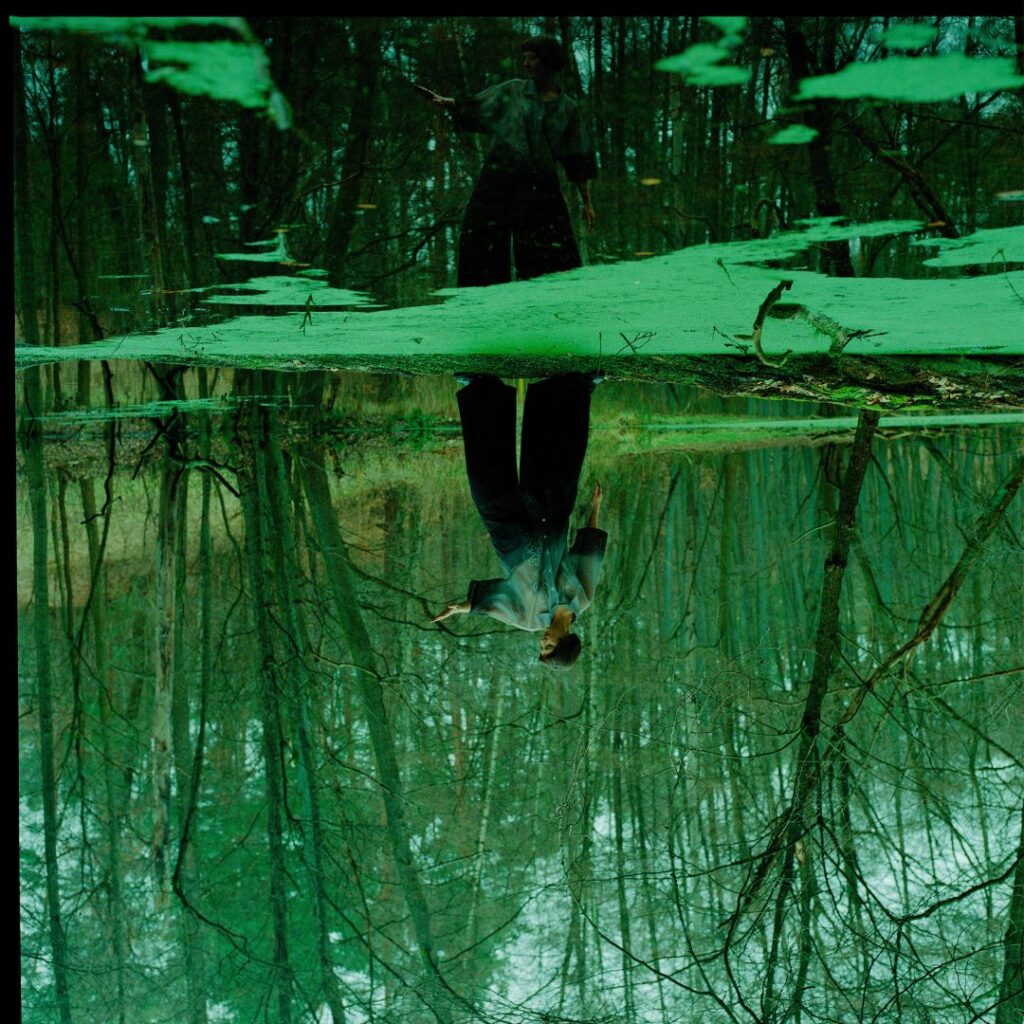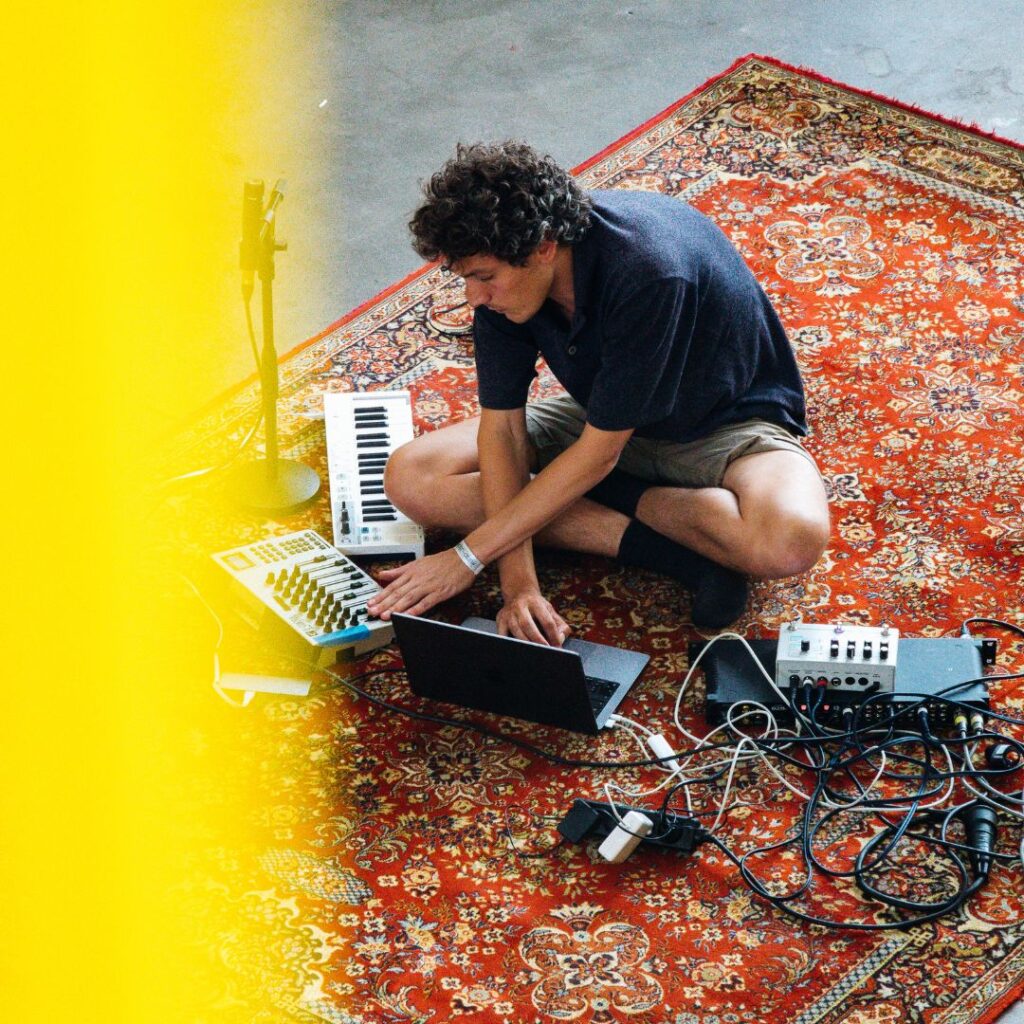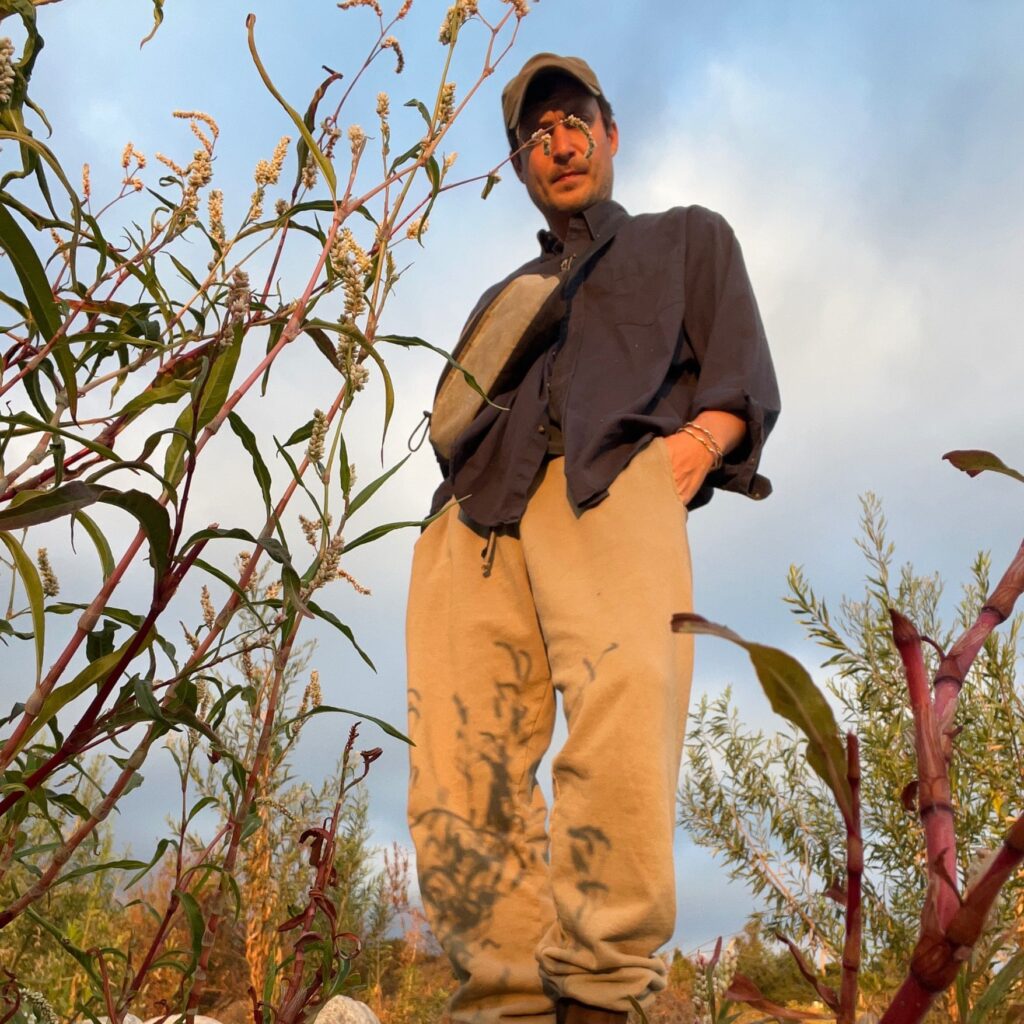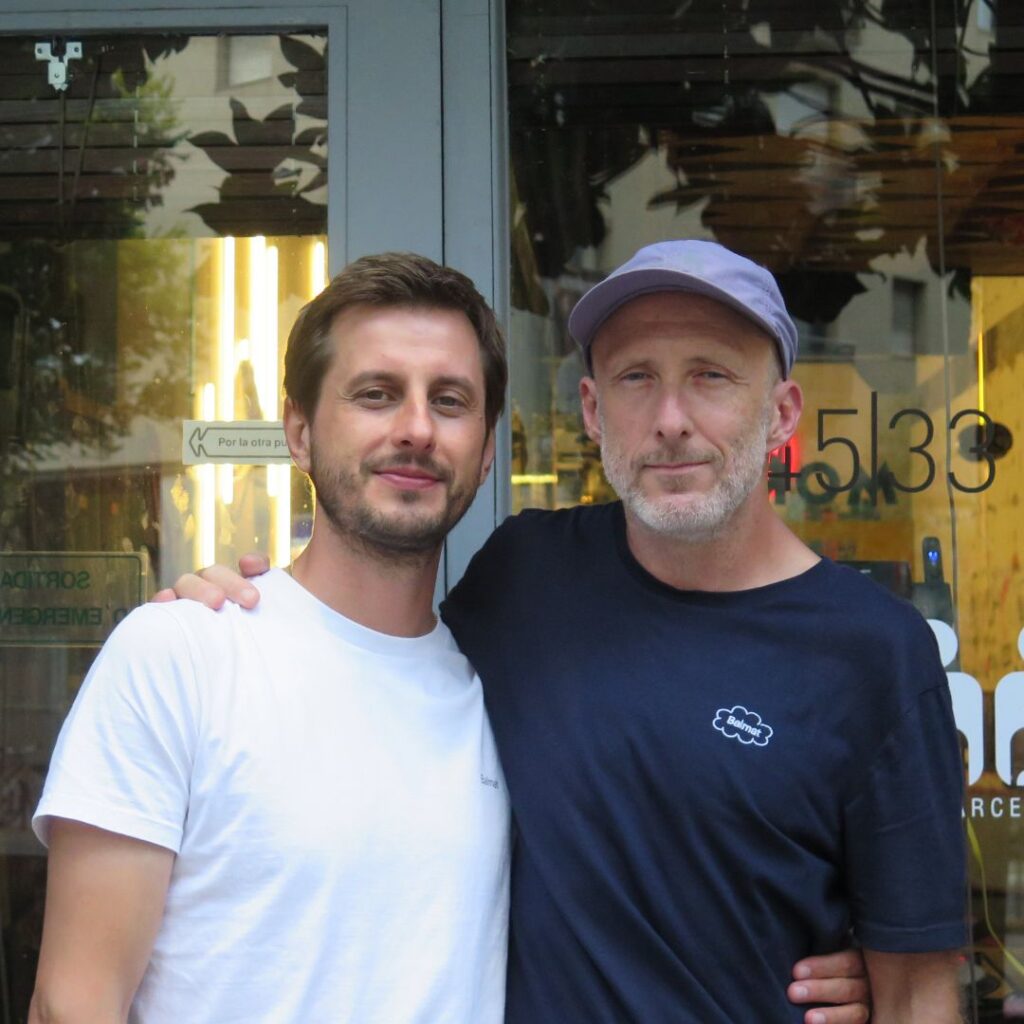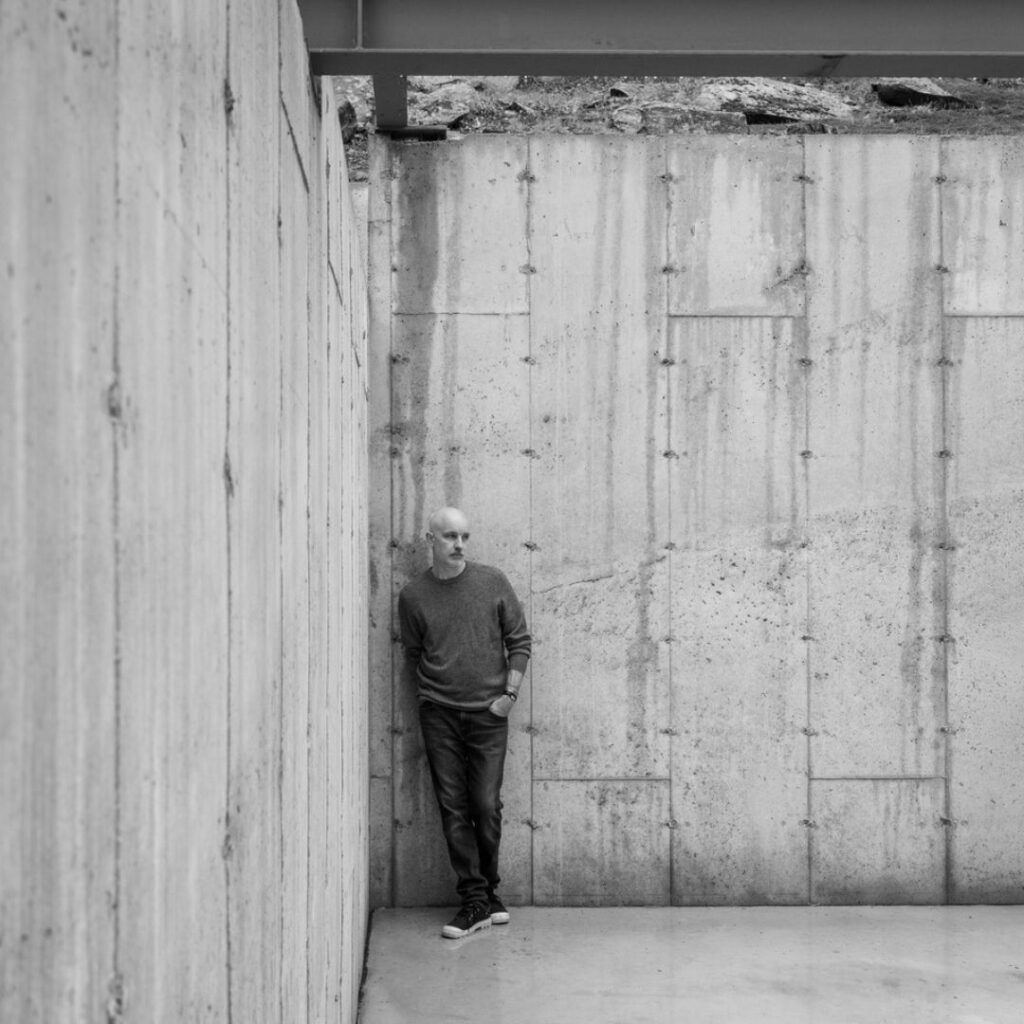Revering nature’s musicality with Patricia Wolf
Portland-based Patricia Wolf is intimately familiar with the magic that arises when we pay attention to and integrate our lives with the living ecosystems around us. As she developed her field recording practice over the years, Patricia became more and more intrigued–and enthralled by–the lives of birds: their beauty, resilience, and adaptability. On her latest album, The Secret Lives of Birds, Patricia invites us into the hundreds of hours spent observing and caring for these unique creatures, offering the listener a field diary into her personal experiences and interpretations of daily interactions with the wildlife around her. She also shines a light on the importance of being activists and allies for birds, especially those found in our own neighborhoods.
In this talk, Patricia graciously reminds us that when we change the way we interact with our environment, our environment changes with us. Next time you hear a birdsong outside your window in the morning, we hope that Patricia’s words serve as a reminder that it’s well worth your time to stop and listen.
Over the last couple of years you’ve shared some albums that have touched on experiences in grief. How has this shaped your relationship to nature?
It’s not something that I’ve really cognitively thought about, but a lot of the grief that I was experiencing coincided with the pandemic. I would go on long walks to try to get my mind off of things.
When there is something that is causing you a lot of pain and you just kind of ruminate in this inescapable cycle, finding a way to interrupt that and getting back into the present and into what’s happening and what’s good is a healing process. For me, field recording or bird watching takes me out of my head and right into the present moment, because both of those practices require being sensitive and aware of my surroundings, simply noticing what’s there.
I can imagine it helps to observe nature’s cycles and how life just keeps going on.
Definitely. I’ve watched birds create their nests, lay eggs, feed their young, and then something horrible happens like a skunk coming along and eating all of the babies. It’s heartbreaking and you see the bird mourn, but then you also see the bird realize that it has to get back to work, they have to keep going.
Seeing something so tragic happen and the birds feeling affected by it, but still managing to carry on, is a true testament to their strength. I kind of took that lesson from them and I feel like it made me a stronger person.
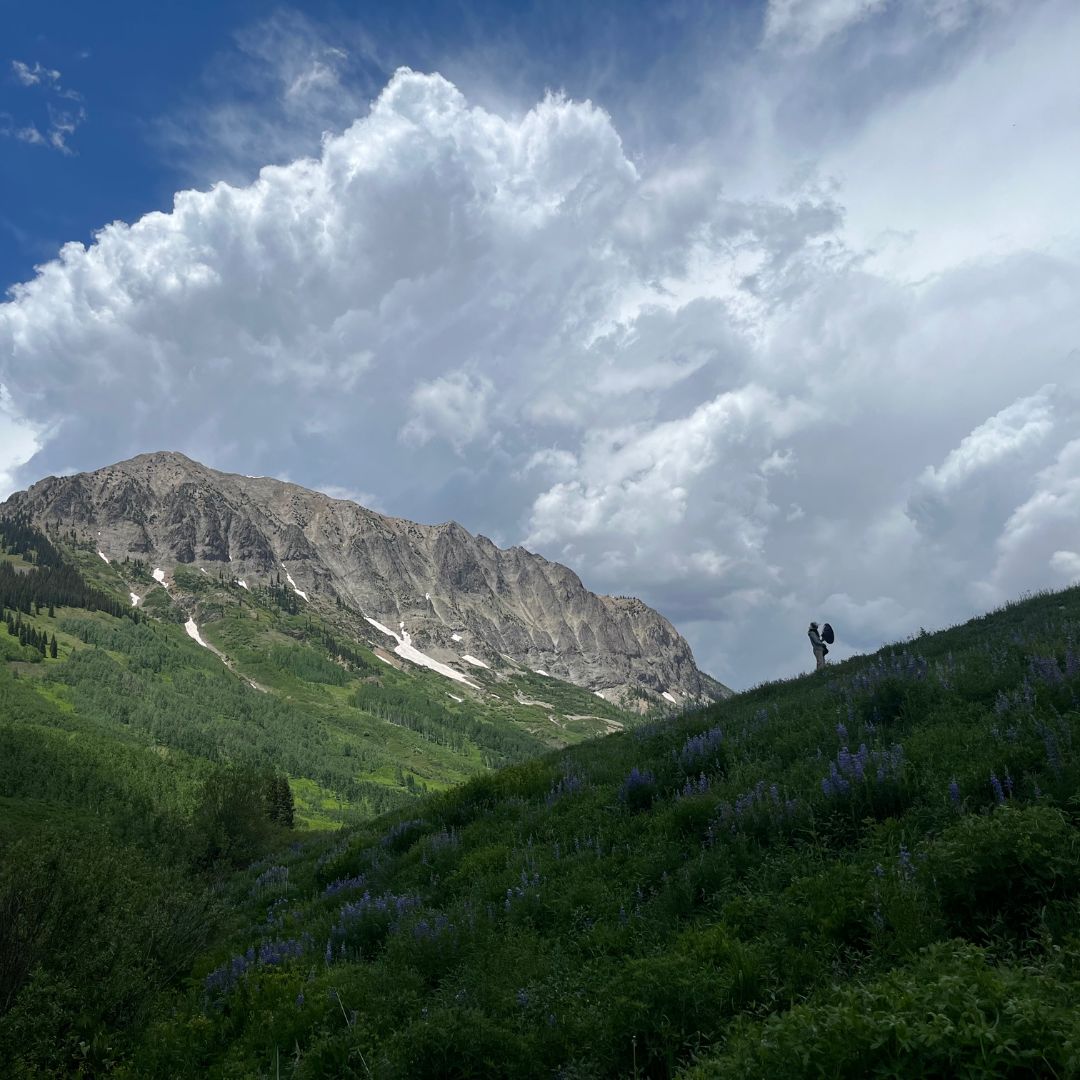
Was there one specific moment in time that initially drew you to birds?
I don’t know if it was during those long walks or already before COVID that there was an inkling of interest, but my field recording practice got more serious right before the pandemic hit. And when I would record sounds, I noticed that I loved to record bird sounds, but then I didn’t know what species I was recording.
When you’re listening back and you want to write something about the recording, knowing what bird sounds are in your recording is an important detail, so I started researching. That probably started around 2021, and that’s when I really began getting interested in birds.
It’s become a daily practice to go out birding. Now I know most of the time what I’m hearing, at least the species in my neighborhood, and I love that.
What was it like in the beginning when you were attuning your ear to the different songs? I can only imagine how difficult that must have been.
I think a lot of musicians or people who love music already have this quality where you can hear a millisecond of a song and know what the song is. I guess it’s the same kind of skill set, but I can confirm what I’m seeing or what I’m hearing by having my binoculars and visually seeing the species that’s making the sound.
By listening more attentively to birds, what have they taught you about listening or musicality?
With musicality, I imagine that when music was first being made by human beings, it was inspired by nature. I think we got our ideas for making sounds, singing, or drumming from observing animals and being attuned to the natural world around us.
When we hear mainstream Western music, it’s limited to 12 notes, and we have these rules about how things are done that can close off possibilities. In other cultures, the music sounds really different, maybe even strange to the Western ear, because we’re not used to it and we have preconceived ideas about what is correct or what sounds good.
However, I think when you listen to nature, your idea of what music can be or what sounds good really changes. Sometimes you’ll hear a bird like a Song Sparrow, and they’ll have certain phrases that sound musical in the Western sense. But then you’ll hear other birds that don’t fit within that idea. When you learn to love it and understand the rhythm, the pattern, and how it’s interplaying with other birds or sounds around them, you start to hear the musicality. I think listening to birds has broadened my idea of what music can be or what is pleasurable to listen to.

Is that something mirrored in The Secret Lives of Birds?
The first song on the album, also called “The Secret Lives of Birds,” started off with me creating a really simple MIDI notation that I wanted to sound like the pattern of a bird singing, an imaginary bird.
It started with that one phrase and then a pause, because a lot of times you’ll hear birds sing a phrase and they’ll pause to kind of listen or look around. It was just my fun interpretation of making my own bird song.
I love that. Many of the tracks on the album are named after bird species. What were some of your sources of inspiration, and how did you develop the imagery in sound?
The second song is called “The American Dipper,” named after a species of bird in North America found along rivers. It can handle living and hunting invertebrates around violent rapids. They sit on the stones in the middle of a river and dive in the water to get their food, and they can swim with their wings underwater.
I tried to soundtrack that activity, so you imagine this bird fighting against the current, which takes a lot of strength to not drift downstream. I created a cool arpeggio patch on my UDO Super 6, and then I would vary the speed at which the arpeggio would play to mimic the bird moving with or against the current, while having this dreamy underwater feeling that’s kind of like a meditation on observing these birds.
I’m also very curious about the track titled “Mourning the Varied Thrush That Struck a Window and Died.”
That song is based on a real experience that I had. I have all of these birds that hang out in my yard because I’ve worked hard on creating a habitat for them. In my kitchen there are some windows, and I came out in the morning to make coffee and put coffee beans in my grinder which was kind of loud, and a bird flew up out of fear and hit a window on the second story that was probably reflecting the trees that were in front of it. And so the bird thought it was flying into a tree but it flew into the window. I heard a thump, and I looked on the ground and saw this beautiful bird, the Varied Thrush. It’s such a gorgeous bird and has a beautiful personality and a really cool song. I have a special fondness for it, so seeing what happened, I was heartbroken.
I can imagine, especially when you put so much effort into making a safe haven for these creatures.
After that, I got fixtures placed on my windows, these vertical paracords spaced four inches apart from Acopian BirdSavers. They did this big study to show that it breaks up the reflection on the outside of the windows, and I haven’t had a strike since then.
I put the song on the album, because I wanted to create awareness of this problem, and so I’m glad that I got to talk about it with you. There are so many birds that die every year from flying into windows, and it’s a devastating issue that has a major impact on bird populations. I want that bird’s death to not be in vain, so I created a song in my little album that hopefully can teach people about the importance of making your windows visible to birds.
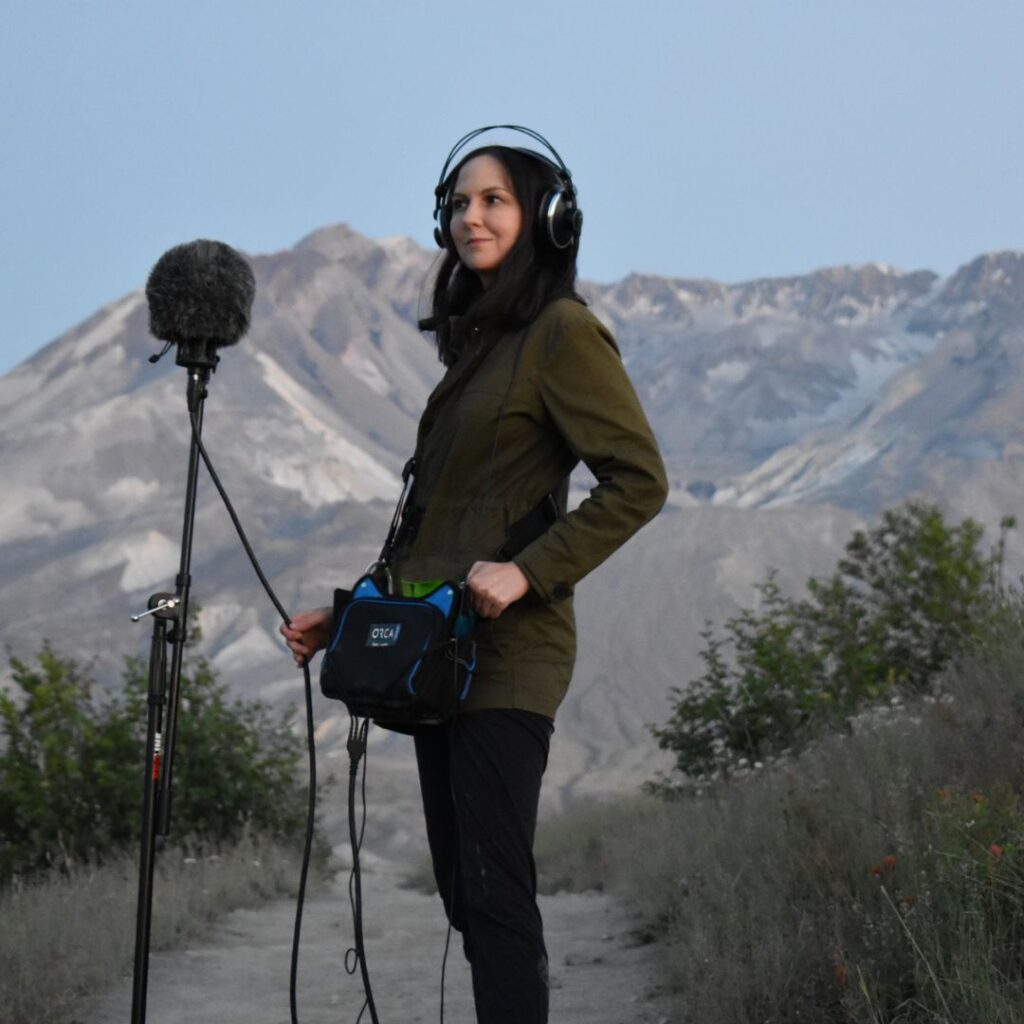
Absolutely. With all of the research you’ve been doing and as you delve deeper into these topics, are you feeling more hopeful or saddened by climate issues?
I have my moments where I feel completely full of despair, but I am hopeful. Living in the Pacific Northwest, the weather has changed significantly, and we get these terrible wildfires, like the 2020 wildfires. You can barely breathe and your body goes into this panic mode. It’s a terrible feeling and in those moments, I feel hopeless. How much more can our planet take of this?
But I also see so much resilience. Living in the United States, I think about the first people here, the Native Americans. I don’t have Native American heritage, but when I try to put myself in their shoes and think about having my home and my way of life taken from me, it’s unfathomably horrible. And yet, there are still Native American people living on the planet and living in the United States who carry the knowledge of their way of life, despite every effort that European colonizers have made to try and remove that knowledge. That love for nature and for the land, and the idea of how humans should live, hasn’t been destroyed–it’s still there. Indigenous people are finally starting to be listened to and some land is finally being given back; there’s healing and restoration slowly occurring. This gives me a lot of hope.
Nature is resilient, and if you give it half of a chance to recover, it will take that opportunity and run with it. Just giving up and predicting the future to be a negative outcome is not the way I want to spend my time. It feels better to have hope and to do what we can to fix things.
Being a part of change connects back to the idea of being an active part of the world around us, doesn’t it?
Certainly. I love not being stuck in this human-centric world. Now that I know what these birds sound like as an individual species, the calls and the songs that they make, I think of myself as a living being embedded within an entire ecosystem of living beings. It’s really cool to just be able to walk outside and have this familiarity, this acquaintance, with plants and animals around me and to see the life happening around me. I get a lot more out of life, and I don’t need to travel far away to see something interesting–I’m noticing the interesting things around me all the time.


